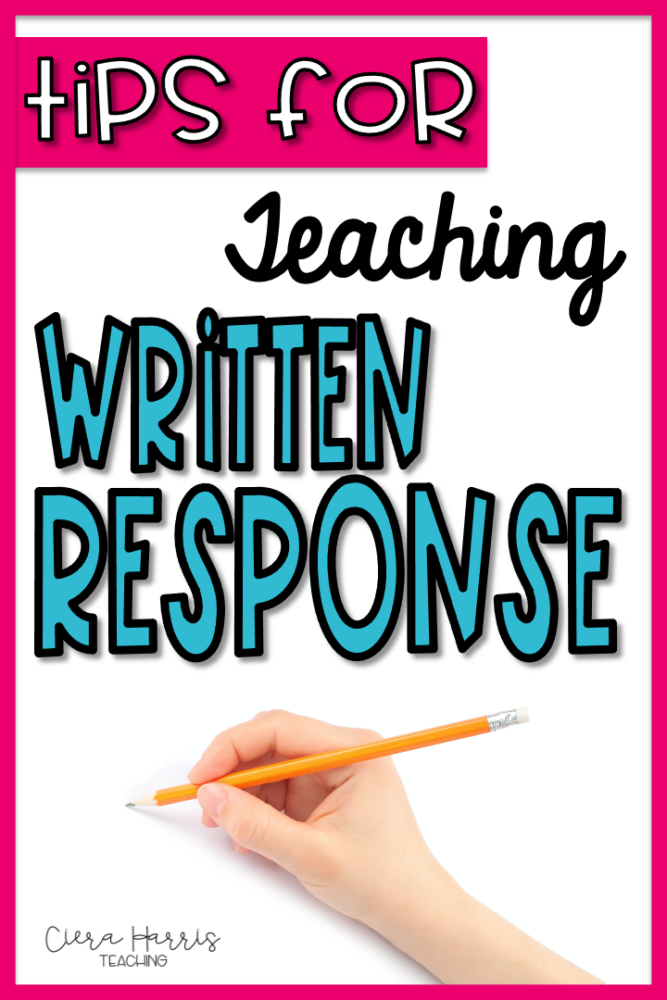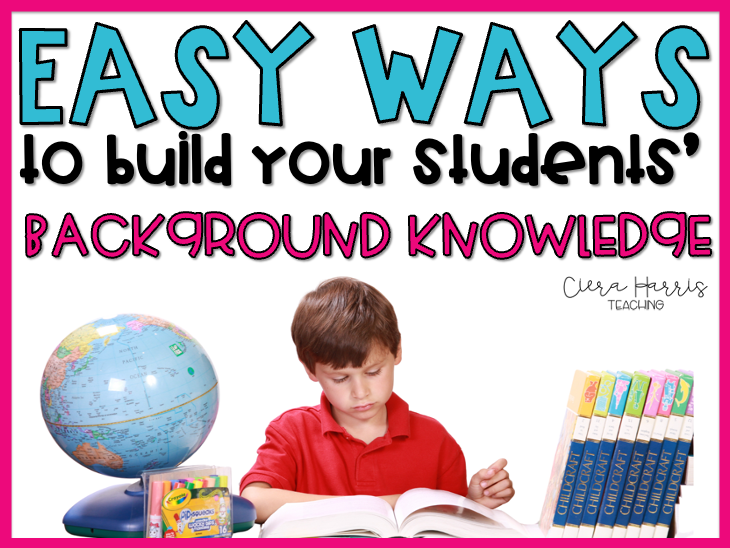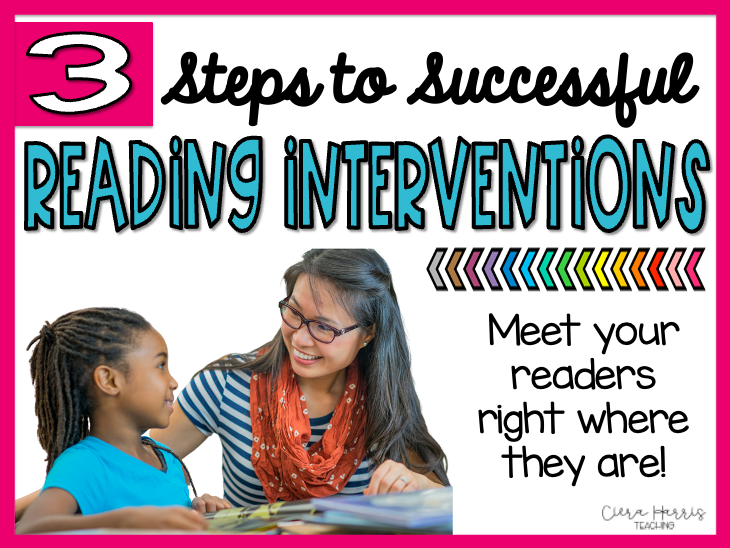Answering questions about a text is an obvious way to assess a student’s comprehension. Some of those questions will be more surface-level questions and hopefully, some will be deeper, more complex questions. But another way to really see not only what a student comprehends from a text, but also how he/she can apply that knowledge and information to their own lives is to teach constructed response. Also known as a written response, a constructed response is basically giving students a prompt that relates back to the text. Students respond to the prompt by writing out a longer answer than a typical comprehension question. Let’s dive into some tips and tricks on how to help teach this important concept!
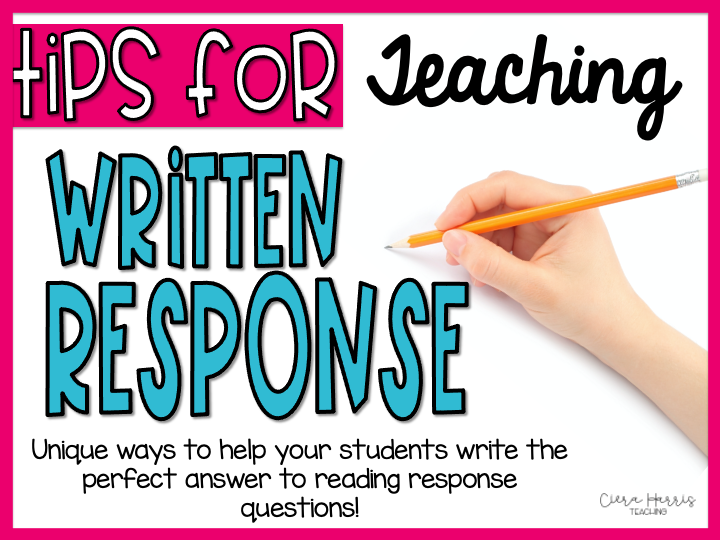
Want to watch the video instead? Check it out below! Make sure to subscribe to get updates on all new content!
Constructed response questions are typically found in standardized tests given each year. But despite that, it’s important for students to know how to understand a text enough to be able to apply the information from the text to their lives. This shows true comprehension. This standard can be taught in reading or in writing as it supports both subjects. Here are some important things to remember when guiding students to understand how to write constructed responses.
Tips for Teaching Constructed Responses
#1 – Make sure students understand all of the parts to a ‘perfect’ written response.
Many times students will understand the text and even understand the prompt given but don’t know exactly how to write out the answer. By teaching students the exact pieces that will make every constructed response a strong one, it gives students the outline they need to follow to be successful. Don’t just right into teaching them HOW to write. Focus some time on looking at already written responses. Show the students what each piece is and why we need it. Take time to isolate the pieces and practice writing one at a time. For example, teach your students exactly how to turn the question around into a sentence starter. Once they feel more comfortable with the skeleton of the written response, they will be more confident in their writing their answers.
#2 – Practice grading constructed response answers
This is such a unique way to have students practice understanding what makes a strong written response. Without this step, students may feel as though they are writing blindly. They may assume they wrote out a strong response, but won’t know because they have never seen a strong response. By allowing students to see not only good responses that you would accept but also weak responses that you wouldn’t accept, gives the students a better picture of what you want. A fun activity is to have students use a rubric and grade responses by analyzing each component (as discussed in tip #1) and give the response an overall grade. So much fun!
#3 – Teach students how to analyze the writing prompt
This is such an important part of teaching constructed response! Knowing the text is part one, but knowing what the answer is expecting is part two. Take time to teach students how to analyze what the prompt is expecting of them. What type of writing do they need to write in? Is it informational, narrative, or an essay? Also, what does the prompt expect them to include? Do they need one piece of evidence or two? Are there specific questions that need answering? Teach students to circle, underline, number, or box in the information and ensure that they understand what is expected of them.
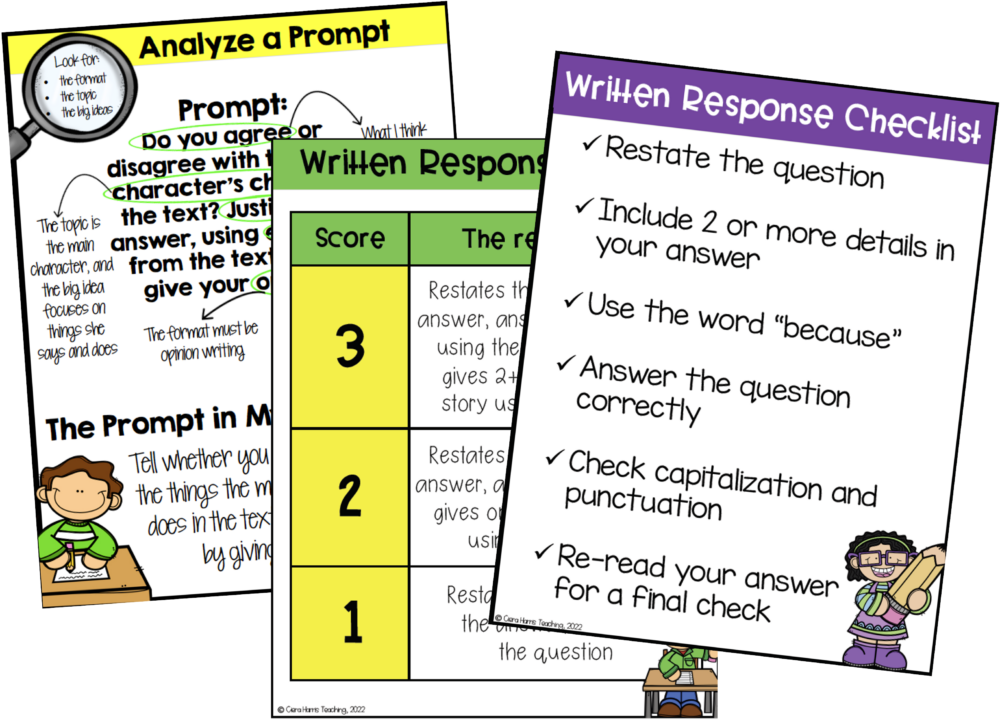
Want to grab the constructed response anchor charts to use in your classroom? Grab them for FREE below!
Strategies to Use When Teaching Written Response
- Count It Out – This is a simple strategy, especially for students who need something very basic and black and white. Sometimes having students underline, box, and circle can overwhelm and confuse students. This strategy is easy as 1, 2, 3. All you have to do is teach students to read and analyze the writing prompt. With each important expectation they find, they number it. Then once they have written their answer, they go back into their answer and number it as well – thus ensuring that they have every piece they need for a strong answer.
- Build a Response – This one is fun because it involves crayons and talking about Legos! When introducing this activity, talk about how when we build a structure with building blocks, we have to understand the purpose of each individual piece. Then when put together, they create a wonderful masterpiece. Writing a constructed response is just like that. On the front board write out three colors (red, blue, and green). Next to each color assign a piece of a constructed response answer (complete sentences, evidence from the text, explanation expanding their thinking). Have students practice writing out their answers using the different colors, thus ensuring they have all three pieces to create a strong written response.
- Find the Right Evidence – Sometimes the hard part of writing a constructed response is finding the right evidence from the text. In this strategy/activity, you’ll need to pre-underline different pieces of evidence in the text before handing it out to students. Some of the underlined evidence will be what they do need and some will be what they do not need. Then guide the students through writing a constructed response. When you get to the point where they need to add text evidence, show them their choices and discuss which pieces of evidence would they add and which would they not add, and why. This helps them to see how evidence relates back to the prompt.
Teaching constructed response writing isn’t something that can happen in a small amount of time. It’s something that needs to be practiced on a weekly basis. I love having a written response question in our weekly close reads! We read the same passage all week long, each day having a specific task. The last task on Fridays is to write out a constructed response from the given prompt. Students love the different types of writing they get to do as well as reading the unique and fun topics in the passages! Make sure to check the Close Reading Passage below!
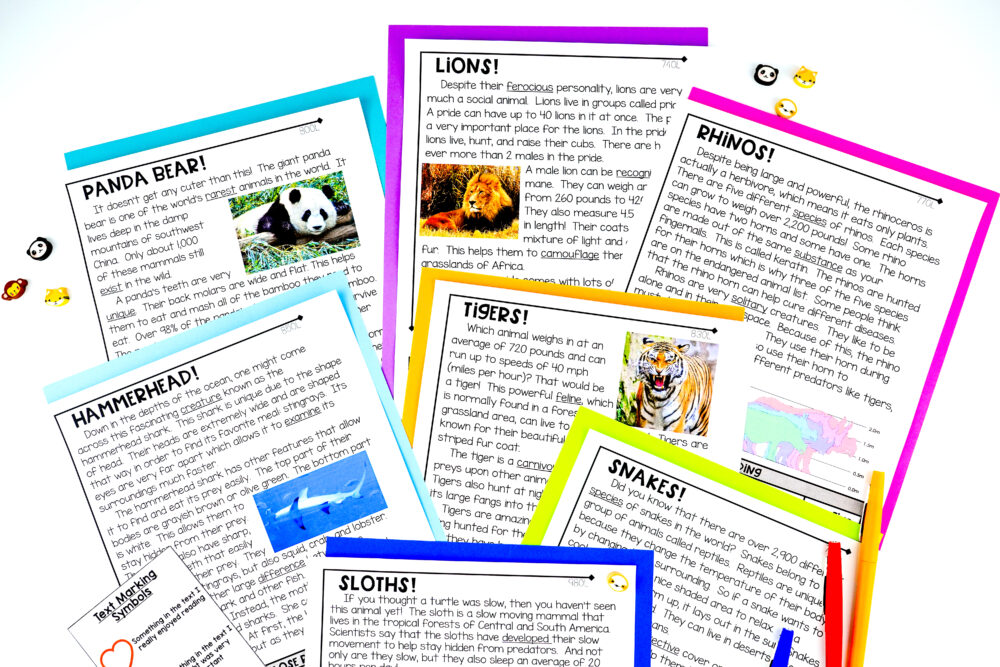
Click Here to See Close Reading Passages
I hope you found some unique ideas and tips! If you want to save this post for later, just pin the image below!
